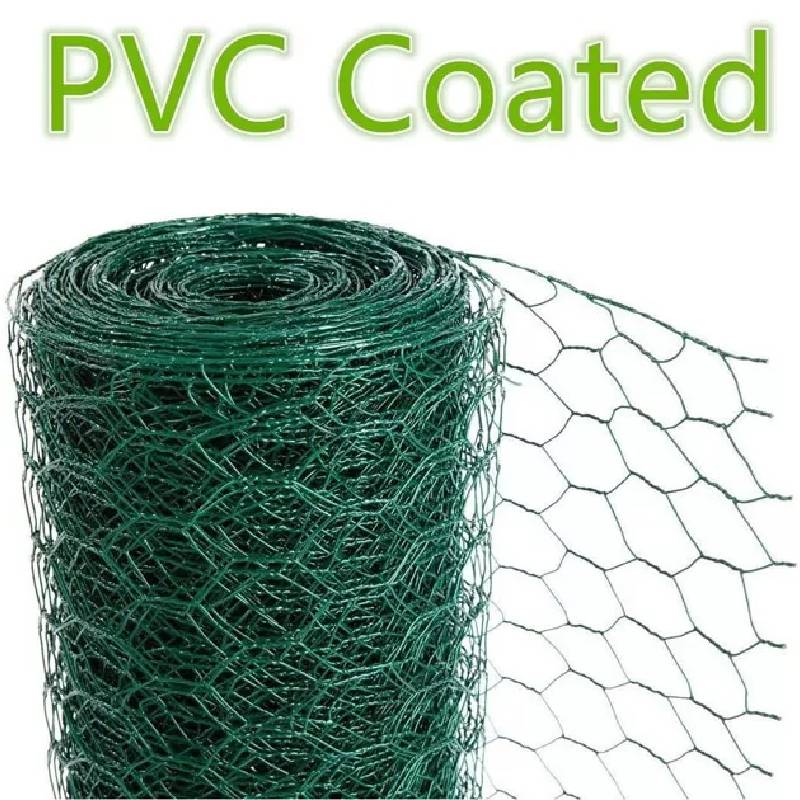
- Mobile Phone
- +8613931874955
- sales@cntcmetal.com
Understanding Brick Veneer Anchors for Secure and Durable Construction Solutions
Understanding Brick Veneer Anchors A Comprehensive Guide
Brick veneer construction is a popular choice in modern architecture, offering both aesthetic appeal and structural integrity. However, one critical element that ensures the durability and stability of brick veneer walls is the use of anchors. In this article, we will delve into the significance of brick veneer anchors, their types, installation practices, and best management practices.
What are Brick Veneer Anchors?
Brick veneer anchors are essential components used to secure the brick veneer to the structural framework of a building. These anchors help maintain the stability of the brick facade while allowing for movement due to temperature fluctuations and settling of the building. Proper anchoring is crucial because brick, while durable and attractive, is also relatively heavy, and without adequate support, it can lead to structural failures, including cracking or detaching from the wall.
Types of Brick Veneer Anchors
There are several types of anchors used in brick veneer construction, each serving specific purposes
1. Ties and Anchors These are the most commonly used forms of brick veneer anchors. They can be made from various materials, including stainless steel and galvanized steel, to resist corrosion. Ties connect the veneer to the backing wall, providing sufficient support while allowing for thermal expansion.
2. L- or Z-shaped Ties These are specifically designed to secure the bottom of the brick veneer to the frame. The shape allows for better engagement with the bricks and effective load distribution.
3. Wall Anchors Wall anchors are used to bind the brick veneer to the structural frame. They are typically inserted through the mortar joints between bricks, creating a strong bond between the two materials.
4. Expansion Anchors These are used when fastening to solid substrates, expanding as they are tightened to create a secure hold. They are particularly useful in retrofitting or repairing brick veneers.
brick veneer anchor

Installation Practices
The installation of brick veneer anchors should follow specific guidelines to ensure effectiveness and compliance with building codes. Here are some best practices to consider
1. Spacing Proper spacing of anchors is critical. Typically, anchors should be placed every two to three courses of brick, but this can vary depending on local building codes, the height of the wall, and the type of brick used.
2. Positioning It is essential to install the anchors at appropriate heights and locations to optimize support. They should be easily accessible and not placed in mortar joints that could crack.
3. Material Choice Selecting the right material for anchors is crucial. Stainless steel is often recommended due to its corrosion resistance, particularly in environments exposed to moisture.
4. Inspection Regular inspections should be conducted to ensure that anchors remain secure and effective over time. This is particularly important in regions with extreme weather conditions.
Conclusion
Brick veneer anchors play a critical role in the stability and longevity of brick veneer walls. By understanding the various types of anchors, adhering to proper installation practices, and being diligent about maintenance and inspections, builders can ensure that their brick veneer facades not only remain visually appealing but also structurally sound.
In conclusion, as architectural designs continue to evolve, the importance of integrating effective anchoring systems cannot be overstated. They are the unsung heroes behind the aesthetically pleasing and enduring brick facades that grace many of today's buildings. Proper knowledge and application of brick veneer anchors are vital for both construction professionals and homeowners alike, leading to safer and more resilient structures for the future.
share:
-
Wire Tension Springs for Diverse ApplicationsNewsMay.27,2025
-
Snake SpacersNewsMay.27,2025
-
Sacrificial Formwork Solutions for ConstructionNewsMay.27,2025
-
Iron Binding Wire for Your Construction NeedsNewsMay.27,2025
-
Enhance Your Construction Projects with Wire SpacerNewsMay.27,2025
-
Black Annealed Wires for Diverse ApplicationsNewsMay.27,2025
-
Strong Wall Support ChoicesNewsMay.23,2025



















